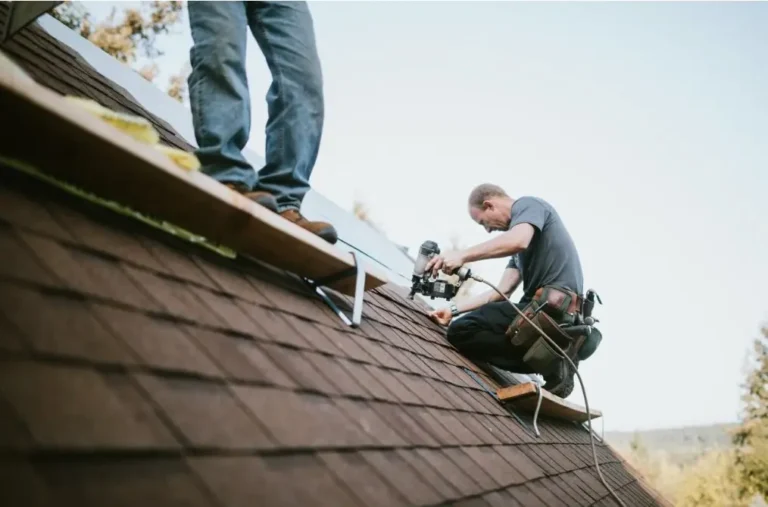Why Energy-Efficient Elevators Need More Than Just Tech: Maintenance Matters
Elevators are evolving beyond transportation, now contributing to sustainability through energy-efficient systems. However, regular maintenance is key to ensuring long-term efficiency and safety, even with the latest technologies. This blog explores the importance of energy-efficient elevators, the role of maintenance, and how combining innovation with proactive care benefits building operations.
What Makes an Elevator Energy-Efficient?
Energy-efficient elevators are designed to minimize energy consumption without compromising performance. They utilize innovative features like regenerative drives, LED lighting, standby modes, and smart operational systems.
Some key energy-efficient technologies include:
- Regenerative Drives: These systems convert excess energy into usable electricity to power the building.
- Standby Mode: Elevators automatically power down lights and ventilation systems when not in use.
- Efficient Lighting: Energy-efficient LEDs replace traditional bulbs, cutting electricity costs significantly.
- Destination Control Systems: These smart systems group passenger trips to reduce unnecessary stops, saving energy.
While these features reduce environmental impact and operating costs, keeping them functioning at peak efficiency requires ongoing maintenance. Otherwise, these benefits can quickly diminish.
Maintenance Is Just as Important as Technology
Purchasing an energy-efficient elevator system is only half the battle. Maintenance plays an equally vital role in ensuring these systems continue to save energy and function effectively. Here’s why maintenance should always stay top of mind:
1. Preserve Energy Savings
Over time, even the most advanced systems can lose efficiency. Dirt, wear and tear, or misaligned components can drain energy unnecessarily. Regular maintenance ensures that all parts are clean, well-lubricated, and functioning optimally, preserving the energy savings you expect.
2. Prevent Breakdowns
An elevator breakdown not only inconveniences passengers but can massively disrupt building operations. Malfunctioning energy-saving features, like standby modes or regenerative drives, can go unnoticed for months without preventive checks. Proactive maintenance avoids these costly and energy-draining issues.
3. Comply with Safety and Building Codes
Energy-efficient elevators still need to meet safety and building code requirements. Regular inspections verify that your systems comply, while addressing issues before they lead to penalties or unexpected repairs. Non-compliance with ADA standards or safety protocols can undermine both the sustainability and accessibility aspects of your building.
4. Optimize Performance
Even the best energy-efficient models need fine-tuning to stay at their peak. Scheduled maintenance optimizes software and hardware, ensuring the elevator continues to deliver on performance, energy efficiency, and passenger safety.
How to Maintain Energy-Efficient Elevators
1. Regularly Inspect Energy-Saving Systems
Features like regenerative drives and standby modes in residential elevators like those in Reno, NV, should be tested regularly to confirm they’re functioning as intended. Technicians can recalibrate and adjust these systems if they detect inefficiencies.
2. Keep Components Clean
Dust buildup can force mechanical and electrical systems to work harder, ultimately consuming more energy. Regular cleanings keep components, such as cables, pulleys, and regenerative drives, running smoothly.
3. Update Software
Energy-efficient elevators often depend on smart systems and algorithms for optimal performance. Updating operating software ensures these technologies remain responsive and effective.
4. Conduct Load Tests
Load tests ensure that the elevator operates safely and efficiently at full capacity. If energy usage spikes during these tests, it could indicate inefficiencies that need to be addressed.
5. Work with Certified Technicians
Energy-efficient systems are more complex than traditional elevators. Partnering with trained and certified technicians ensures that specific technologies and components are maintained correctly.
The Relationship Between Maintenance and Long-Term Savings
Many building owners view maintenance as an ongoing cost rather than an investment. However, in the case of energy-efficient elevators, maintenance plays a pivotal role in achieving long-term cost savings.
Example Scenario
Imagine a regenerative drive that hasn’t been inspected in years. A minor mechanical failure reduces the energy it recycles into the building by 15%. Over time, this inefficiency can cost thousands of dollars annually in unnecessary electricity bills. A simple inspection and repair would easily prevent this.
By thinking of maintenance as preserving both performance and savings, building managers can view it as an extension of their initial investment.
The Broader Impact of Proactive Elevator Maintenance
Energy-efficient elevators don’t just benefit building owners; they have a ripple effect that extends to tenants, passengers, and the planet.
Lower Carbon Footprint
Malfunctioning systems can waste energy, increasing a building’s overall carbon footprint. Conversely, well-maintained energy-efficient elevators contribute to ongoing environmental benefits.
Enhanced Tenant Experience
An elevator system that operates smoothly and reliably impacts tenant satisfaction. A well-maintained energy-efficient elevator also aligns with green building initiatives that attract eco-conscious tenants.
A Safer and More Accessible Building
Ultimately, maintenance ensures that elevators continue to meet safety standards, creating an environment where all passengers, regardless of physical ability, can feel confident and comfortable.
Preparing for the Future with Smart Maintenance
Elevator technology is rapidly advancing, and the future of energy-efficient systems lies in predictive maintenance and AI-driven diagnostics. These next-gen technologies can monitor an elevator’s condition in real-time, identifying potential issues before they surface.
By adopting smart maintenance solutions, building operators can reduce downtime, save even more energy, and optimize performance while staying ahead of the curve.
Conclusion
Investing in energy-efficient elevators is smart for both cost savings and sustainability. To maximize value, prioritize regular maintenance, swift issue resolution, and predictive solutions to ensure efficiency, safety, and long-term performance.
Also read-Home Security in California: Simple Steps for a Safer Home






